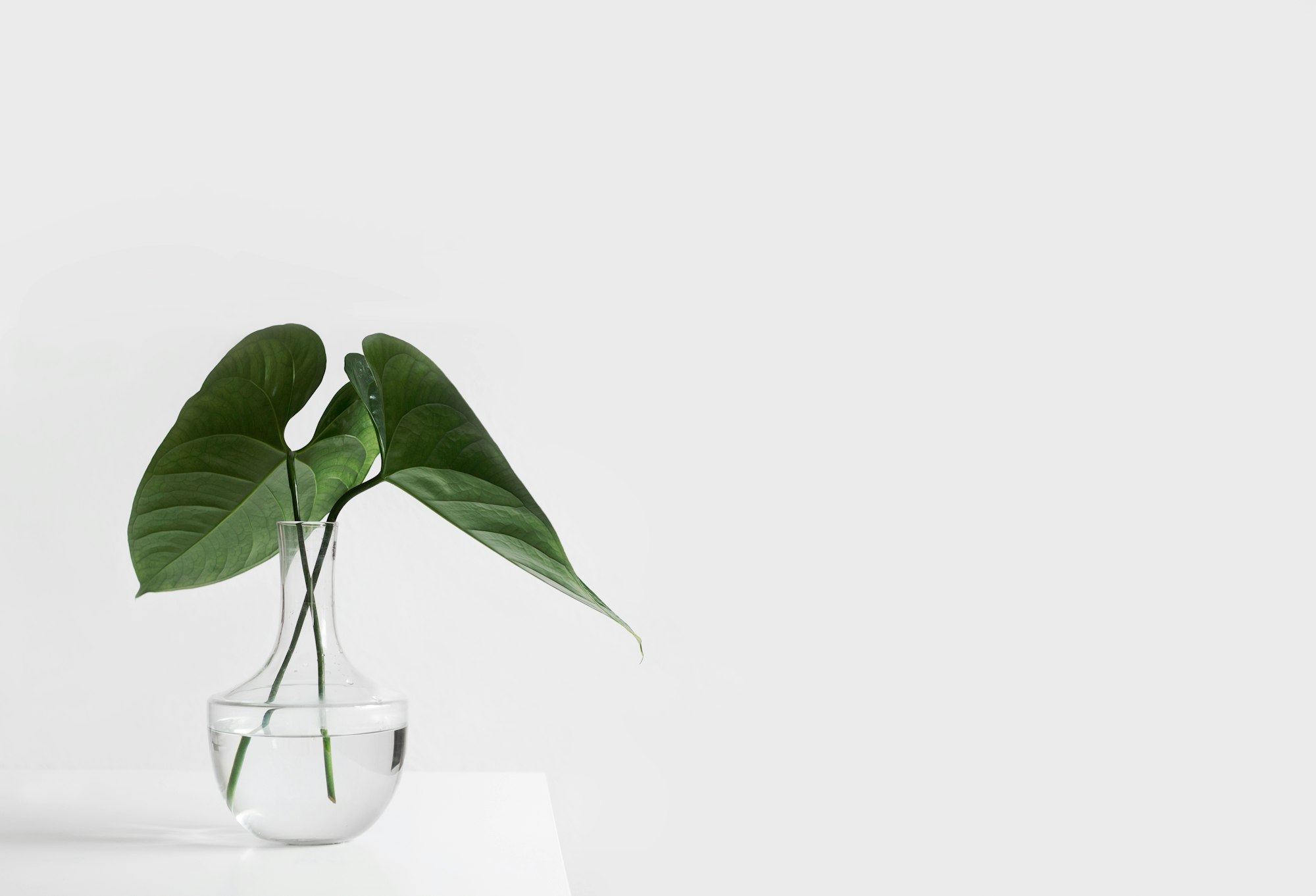Sansevieria Trifasciata
Sansevieria trifasciata, commonly known as the snake plant or mother-in-law's tongue, is a popular houseplant cherished for its striking appearance and ease of care. Native to West Africa, this plant has captivated plant enthusiasts worldwide with its resilience and air-purifying properties. Sansevieria trifasciata is recognized by its tall, upright leaves that are typically dark green with lighter green, horizontal stripes. The leaves are sword-like and can grow several feet tall, adding a dramatic vertical element to interior spaces. The plant is also said to bring good luck and represent determination due to its hardy nature and long lifespan.
Plant Care Tips
Watering
Over watering is the most common way to harm a snake plant. Ensure the soil is bone dry before watering. Allow the soil to dry out completely between waterings, as the plant is prone to root rot in soggy soil. Water less frequently during the winter months.
Lighting
Snake plants can handle a wide range of lighting situations. While they prefer bright, indirect light, they can adapt to low-light conditions. These plants are often classified as low-light tolerant, but this means they can survive — not thrive — in such conditions. For optimal growth and the development of offshoots, place them in medium to bright light.
Heat & Humidity
Sansevieria trifasciata is not frost-tolerant and thrives in temperatures between 60°F (15°C) and 85°F (29°C). It can handle low humidity levels, making it suitable for most indoor environments.
Soil Medium
Snake plants prefer a well-draining soil mix. A cactus or succulent potting mix is ideal. Ensure the pot has drainage holes to prevent water accumulation.
Common Issues
- Pests: While generally pest-resistant, snake plants can occasionally be affected by mealybugs or spider mites. Regularly inspect the leaves and treat infestations promptly with insecticidal soap or neem oil.
- Yellowing Leaves: This usually indicates overwatering. Ensure the plant is not sitting in water and adjust your watering schedule as needed.
- Leaf Curling: This can be a sign of underwatering or exposure to cold drafts. Adjust watering habits and move the plant to a warmer location if necessary.
Additional Benefits
Sansevieria trifasciata is ideal for those who may not have a green thumb. It thrives on neglect and can withstand a variety of conditions, including low light and infrequent watering. Another compelling reason to keep a snake plant indoors is its ability to purify the air. According to NASA's Clean Air Study, Sansevieria trifasciata can remove toxins such as formaldehyde, benzene, and trichloroethylene, making it an excellent choice for improving indoor air quality. With the right care and attention, it can thrive for many years, making it a rewarding addition to your plant collection.










